Forget fashion, Sabyasachi's new store will redefine luxury retail. Here's why

He refuses to customise his designs. He believes in repetition. He's no fan of ecommerce.
By all logic, therefore, Sabyasachi Mukherjee's business should be dead.
Instead, the designer has attained cult status, especially in India's insanely competitive bridalwear market. Even the most trend-driven brides - keen to be at the cutting edge of what's new and buzzing in the wedding market - make an exception when it comes to Sabya. They'll let him drape them in the timeless, the traditional, the antithesis of 'trendy'.
Read- Hello H&M: how the retail giant has changed the world of fashion
Walking into his new flagship store that opened in Mehrauli, Delhi, last week, you begin to glimpse why.
This is not a store. At least not in the sense we typically understand retail.
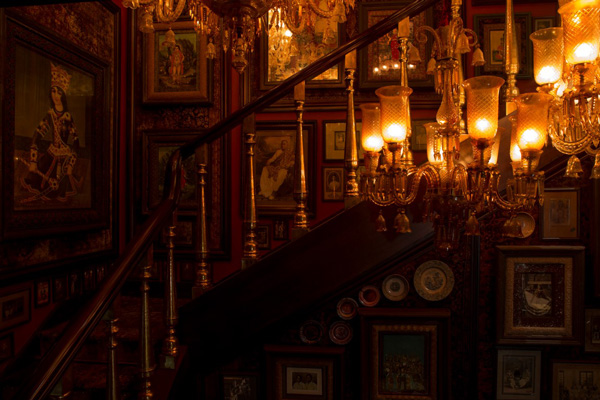
This is part-museum, part gallery. It is also a ridiculously-detailed, thoroughly-shrewd investment into building a private world.
One that envelops you so completely, you shut out reality. (Quite literally, too: the store has no windows to allow you a glimpse of the more mundane existence outside.)
Sabyasachi is not trying to enter your world. He demands you enter into his. He is selling not clothes - at least not ostensibly - but a vision of a way of life.
That way of life is so unlike contemporary urban life, you cannot arrive at it subtly. It has to hit you in the face.
It does. A heritage monument with a stunning grand staircase confronts you when you walk in, flanked by 13,500 square ft of store space.
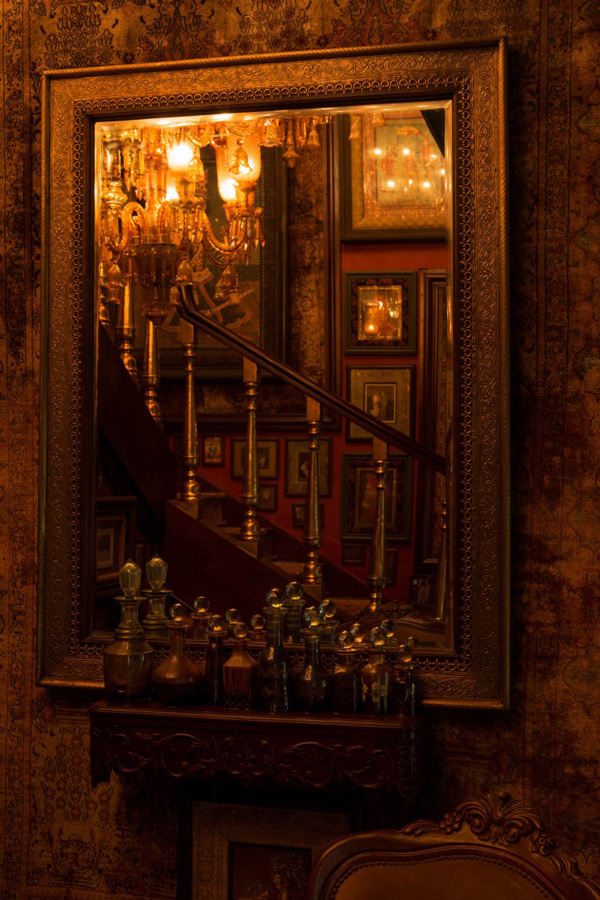
This is retail as theatre. It is art, design, architecture, scent, texture, history, lighting, sound. It is mood, atmosphere, tone.
It is a stage, and you walk onto it. And suddenly, you can almost see yourself as part of the ensemble.
The music that surrounds you is Hindustani classical, from the Banaras gharana. The air is ripe with the scent of roses, and there are masses of them - blood red, spilling out of vases. The tea, should you want a cup, is first-flush Darjeeling, served on eclectic vintage crockery. The furniture has the patina of age - and lineage.
Check out- Fashion, meet future: Tom Ford's Paris Fashion Week show is a music video
There's more. Old books. Chintz upholstery. Period colonial and French furniture.
There is art on the walls. Not one or two pieces but 63 artworks borrowed from The Sabyasachi Art Foundation - and stop a minute to register that there is an art foundation.
There are 5 rare Tanjore paintings. 42 pieces of striking calendar art. 318 hand-retouched studio portraits.
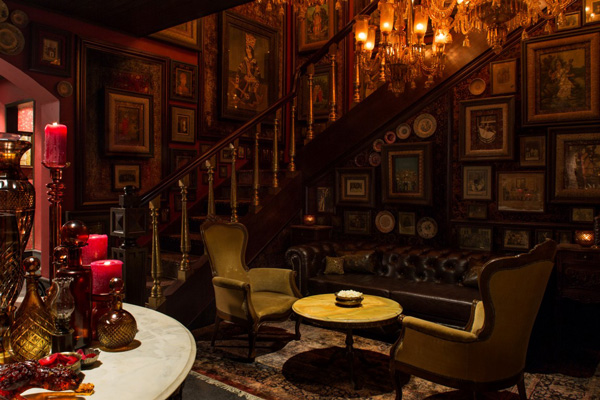
That's art in its more formal avatar. What surrounds it is, equally, constructed as art.
The tiles are Portuguese hand-fired. The 214 plates mounted on the walls are old Dutch. The chandeliers - 57 of them, so dramatically mounted you cannot ignore them from the moment you walk in - are handpainted. Pareina Thapar of Very Truly Yours, which handles the label's PR, tells you the hand that painted many of them is Sabya's. I don't doubt it.
Also read: Givenchy is setting up the year's most disruptive fashion show. Here's why
The carpets under your feet are faded, and worn, in the manner that speaks of history. Naturally, they turn out to be vintage. All 112 of them.
And then there are the glass bottles. Clustered, seemingly in the hundreds. They are old ittar bottles, and 732 of them were acquired for this space, by people - no doubt including Sabya himself - trawling the streets of old Delhi, Kolkata and Lucknow to wheedle them out of reluctant owners.
Owning a story
The Sabyasachi label is not yet two decades old. But Sabya has strategically decided to own a story much bigger than his brand: Indianness.
More specifically, Indian luxury.
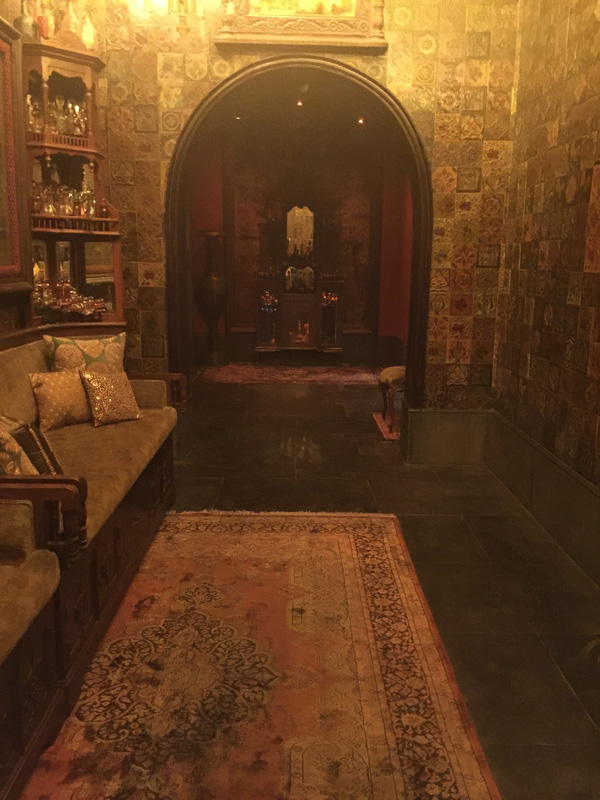
His version of luxury is really about time. About an appreciation for what cannot be hurried. About what has to be ferreted out rather than 'ordered'. He's not designing his clothes to be part of the here-and-now. He's going after legacy.
Stories, marketing gurus will be quick to tell you, make brands. Sabya seems to understand this intuitively.
When you walk into the Mehrauli store, you're not just entering a beautiful location. You're buying into another vision of being Indian.
It's not a vision of everyday life - and he's not selling it as such. He's allowing you to buy a piece of what's been lost. What is on the verge of being lost.
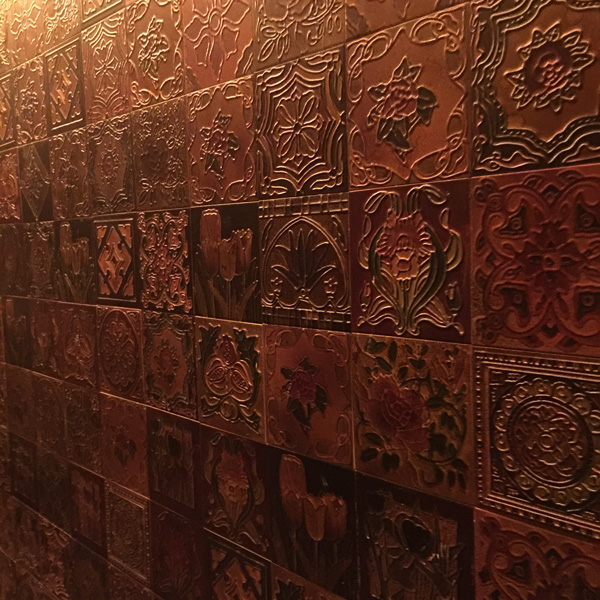
Luxury has always been about value - and value has both tangible and intangible markers. Sabya has mastered both.
You don't have to be fanciful to imagine yourself in one of his intricately-worked lehengas. In the faded silk turbans. In the bespoke jewellery made for him by Hyderabad's Kishandas and Co. In the handstitched leather trunks custom-made by Jaipur-based Trunks Company.
Check out: Turning fashion on its head: surreal photos from Rick Owens' Paris Fashion Week show
It's no accident these partners also have heritage, legacy, history. The 140-year old Kishandas and Co, for instance, made jewellery for the Nawabs of Hyderabad.
This is why Sabya truly protects and guards the artisans he works with. It's not just for great PR - he knows these craftsmen are irreplaceable, that their skills are irreplaceable, that the decades of knowledge and practice that went into what they do today are irreplaceable.

He knows that they are the foundation of his story.
You are not fortunate enough to have lived another way, in another time, he seems to say. But I can show you a glimpse of what it felt like. I can help you own a piece of it. To pass it on.
For years luxury Swiss watch house Patek Philippe has used the tagline: "You never actually own a Patek Philippe. You merely take care of it for the next generation."
Sabya is turning that pitch on its head. He's allowing you to buy into the legacy you didn't inherit.
And for that, as long as there is money, there will always be buyers.
More in Catch:
Prashant Kishor's biggest obstacle isn't Amit Shah. It's the Congress old guard
Give your kids a console - video games could make them smarter
Assam polls: stand against immigrants is BJP's trump card
Development trickling down? Nope. India still suffers due to exclusion







![BJP's Kapil Mishra recreates Shankar Mahadevan’s ‘Breathless’ song to highlight Delhi pollution [WATCH] BJP's Kapil Mishra recreates Shankar Mahadevan’s ‘Breathless’ song to highlight Delhi pollution [WATCH]](https://images.catchnews.com/upload/2022/11/03/kapil-mishra_240884_300x172.png)

![Anupam Kher shares pictures of his toned body on 67th birthday [MUST SEE] Anupam Kher shares pictures of his toned body on 67th birthday [MUST SEE]](https://images.catchnews.com/upload/2022/03/07/Anupam_kher_231145_300x172.jpg)






